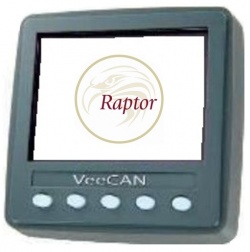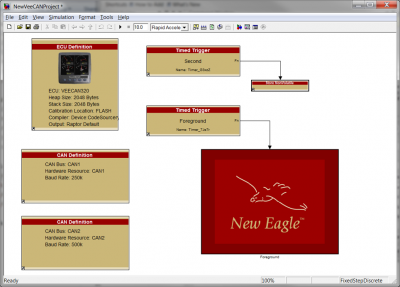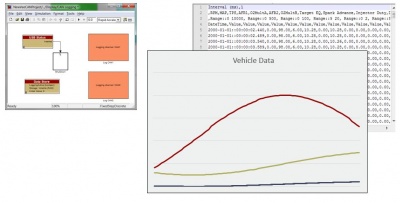Raptor-VeeCAN-320-Family: Difference between revisions
| Line 28: | Line 28: | ||
:'''[http://www.neweagle.net/ProductDocumentation/NonRaptorDisplays/VeeCAN320_3dCAD.zip 3-D CAD (.stp)]''' | :'''[http://www.neweagle.net/ProductDocumentation/NonRaptorDisplays/VeeCAN320_3dCAD.zip 3-D CAD (.stp)]''' | ||
:'''[http://www.neweagle.net/support/wiki/ProductDocumentation/Displays/NewEagleDisplayWhitepaper_GettingStartedwithaRaptorDisplay.pdf Programming Guide]''' | :'''[http://www.neweagle.net/support/wiki/ProductDocumentation/Displays/NewEagleDisplayWhitepaper_GettingStartedwithaRaptorDisplay.pdf Programming Guide]''' | ||
:'''[http://www.neweagle.net/support/wiki/index.php?title=Raptor_Display_Examples Display Examples]''' | |||
==Raptor VeeCAN 320 Lite== | ==Raptor VeeCAN 320 Lite== | ||
==Raptor VeeCAN 320 J1708 == | ==Raptor VeeCAN 320 J1708 == | ||
Revision as of 19:24, 15 March 2017
Raptor VeeCAN 320

The VeeCAN 320 Raptor display uses the Raptor development software tool to create a display interface for your application. New Eagle adapted the VeeCAN SDK to the Raptor platform. The Raptor VeeCAN platform allows model-based designers to engineer both the display logic and control logic for an HMI (Human Machine Interface). Click here for a Raptor VeeCAN Overview
The Raptor VeeCAN has a template starter project. It provides a base project with CAN logging, control logic, and custom screens.
A Raptor VeeCAN user can receive messages on the CAN bus and read a VeeCAN's Analog Inputs (3 modes: 0-2.5V, 0-10V, 0-500 Ohm). The VeeCAN supports logging to an attached USB memory stick.
NOTE
The file <usbstick_logoffload.autorun> must be on the USB memory stick to aid the VeeCAN in logging data. Click here to download usbstick_logoffload.autorun.
Platform Benefits
- Model-based programming facilitates ease of use and rapid development of displays
- Read and Log CAN messages
- Same great benefits of the VeeCAN 320
Downloads
- DISP-IMX286-024-1204

